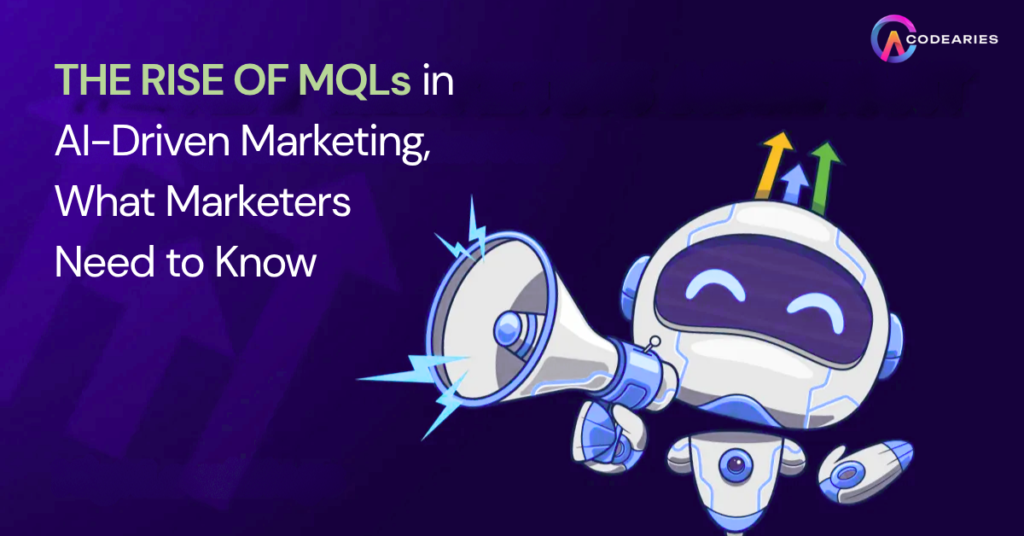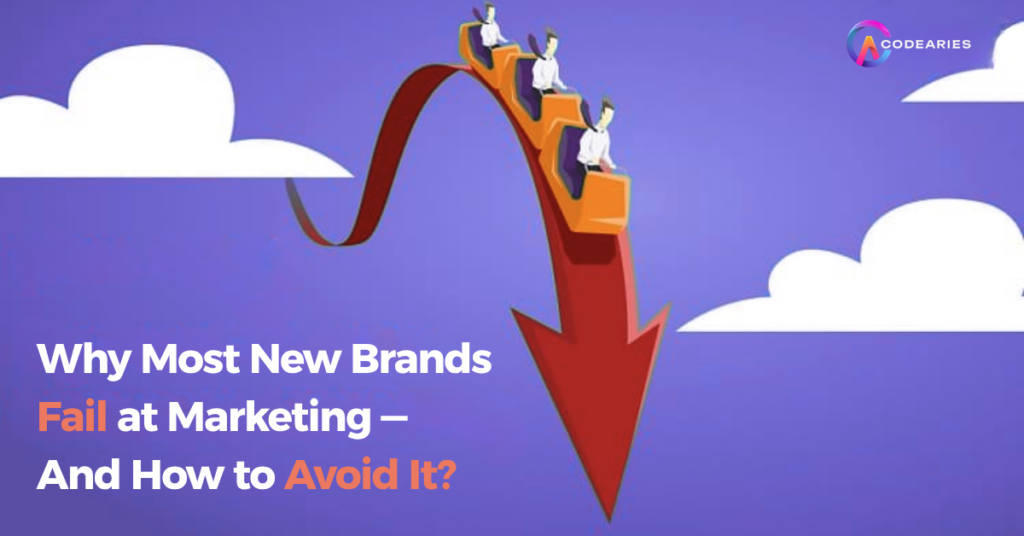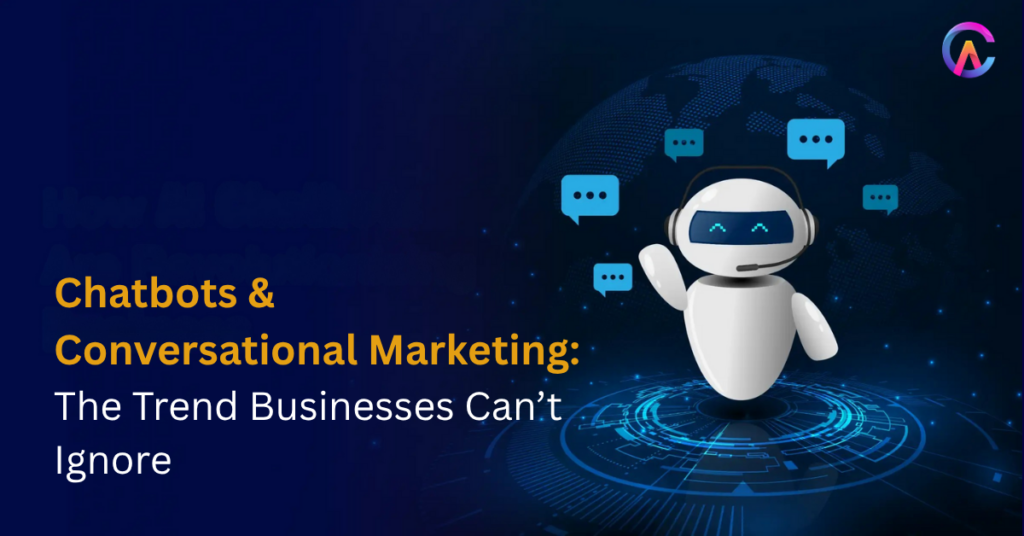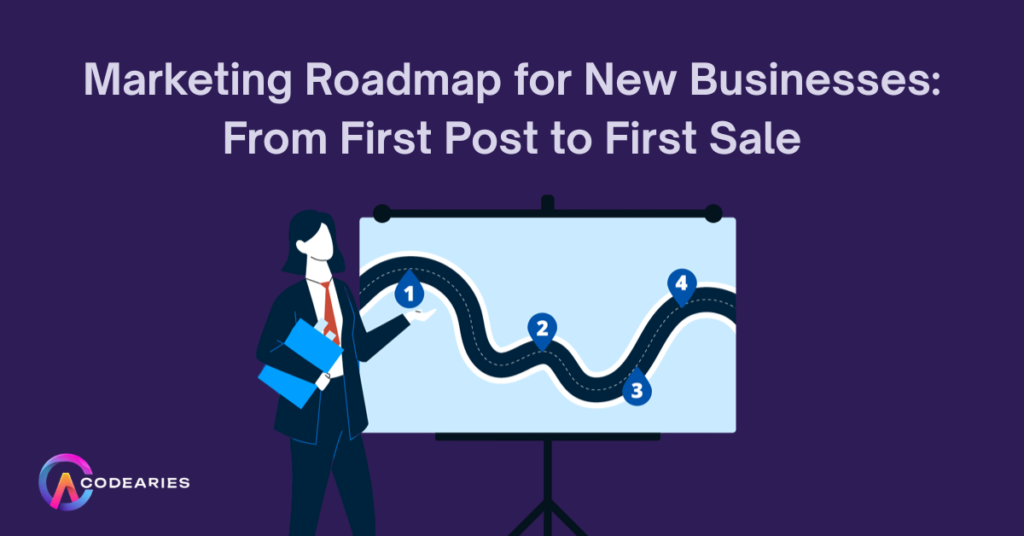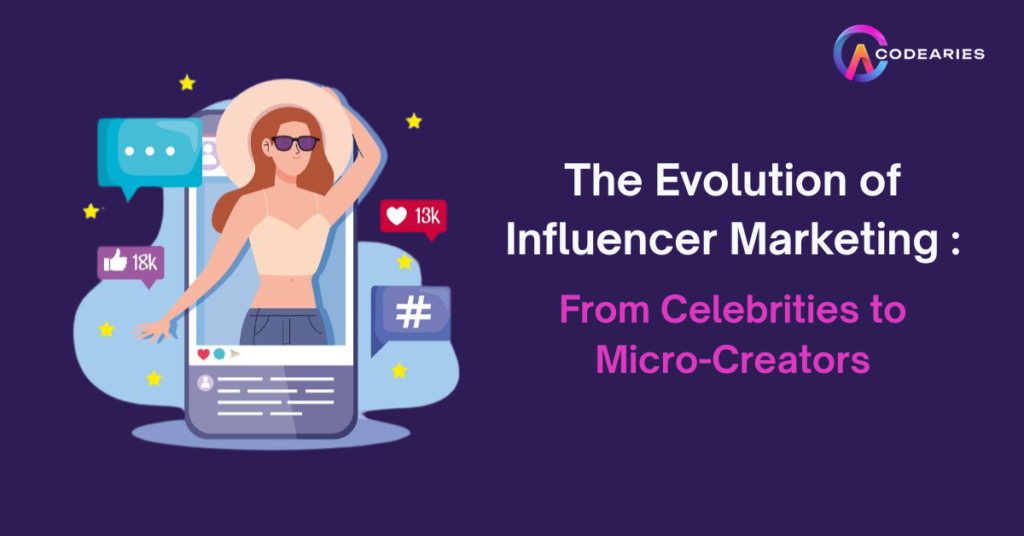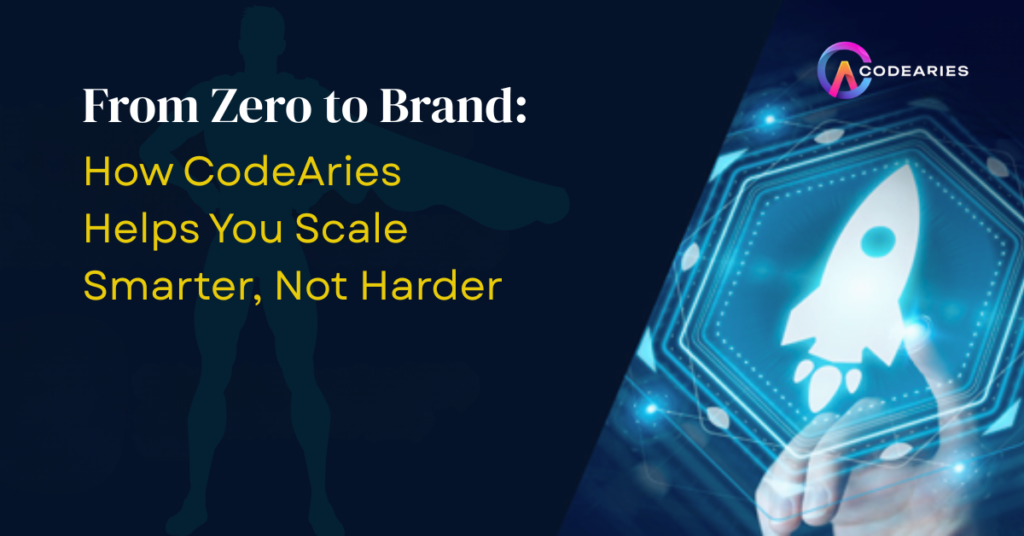From Analytics to Action Turning Marketing Data into ROI
Nowadays, marketing isn’t about guessing or wishing it works. Because we’re online all the time, info piles up fast, every tap, swipe, view, sale gets logged. Yet even with endless dashboards spitting out stats, just having data doesn’t grow your brand. What actually moves the needle? Using those reports to spot patterns, then acting on them smartly to boost income. That shift from passive charts to real moves is where top performers pull ahead, squeezing steady returns outta each ad push and platform they touch. Why Data Driven Marketing Is Essential Smart marketers get it, each buck needs results behind it. Hunches by themselves don’t hold weight when numbers show exactly what clicks, what flops, or where the next opportunity hides. Key benefits of data driven marketing include Yet the top edge stays in turning insights into steady results. Not merely summarizing what happened instead, steering what comes next. The Step by Step Journey From Data to ROI 1. Define Business and Revenue Goals Start by picking clear targets tied to keeping customers and growing your name. Ask, should we boost online sales, gather leads, get more app installs, or push foot traffic to shops? Every aim needs a unique tracking method plus distinct metrics to measure progress. 2. Collect the Right Data Thoughtfully built data flows mix Fresh, tidy data helps you see customers and potential buyers more clearly. 3. Connect Data to Campaigns Label each campaign and channel using distinct tracking links via UTM tags or ID codes, this way, marketing actions clearly link to outcomes. That bond matters big time for figuring out credit, so income doesn’t feel like a mystery, but adds up from loads of connected efforts. 4. Analyze for Insights Analytics crews use dashboards or BI software to spot trends, while uncovering possible wins. Check not only the event, yet dig into reasons, discover which messages work or where people actually respond and take action. 5. Develop Actionable Hypotheses Shift away from just sharing updates, try testing ideas by asking questions like Show what steps are taken while linking each move to the numbers they should affect. 6. Run A/B and Multivariate Tests Teams that use data keep testing nonstop. Try stuff out by changing just one or two things at a time, which helps spot what’s really working, after that, move fast once you see how it turns out. 7. Automate Decisions Where Possible Using machine learning, predictive insights alongside automation helps companies These quick systems boost returns quicker than hands on adjustments do. 8. Close the Loop and Reinforce Learnings The top marketing systems check outcomes, tweak their data setups, then apply what they learn to shape fresh ads and where to place them. Because of this steady cycle, each move builds on the last boosting returns gradually. Examples of Analytics to Action in Practice These cases show doing stuff instead of just thinking about it bridges the space from numbers to real income. Overcoming Common Data to ROI Pitfalls Getting things right means getting everyone on the same page about what stuff really is, using tools to handle tasks that pop up again while skipping confusion for simpler ways instead. How Codearies Turns Data into ROI for Your Business We at Codearies push brands past basic data, so they take steps that actually boost sales. Here’s how we support your marketing transformation Team up with Codearies, so your marketing data isn’t just stats, it becomes a springboard. Growth kicks off here, fueled by smart insights that drive real results over time. Frequently Asked Questions Q1. About the integration aspect, is it possible for Codearies to work with my existing analytics stack. It is a true fact that we provide the customization of integrations and the dashboards for very important tools. This includes Google Analytics and Adobe and CRM platforms and also other similar systems. This capability is about adaptation. Q2. About speed, what time frame can be expected for a return on investment when one is turning the analytics information into effective action. It is seen that brands often obtain measurable gains in the conversion rate and the return on ad spend and retention rates. This improvement is generally evident within the period of four to twelve weeks following the implementation of targeted changes. Q3. The provision of support for business intelligence for both ecommerce and B2B marketing models, does Codearies maintain this support. Absolutely, we build solutions that are adaptable and they are suitable for diverse business models and the various journey maps that these businesses possess. This adaptability stands as crucial element. Q4. Concerning the data security and its compliance, is my organization’s data safe. The answer is yes. All of the solutions are constructed with the concept of privacy and best practice of security at every step of the development and the deployment process. Q5. Does Codearies provide assistance with the training of teams in analytics knowledge and the methodology of data driven decision making. Yes. We offer training which is practical and also ongoing support for the employees. The purpose is to foster a culture of action and application, so that the team moves beyond mere reporting. The focus is on the decision making ability. For business inquiries or further information, please contact us at contact@codearies.com info@codearies.com



